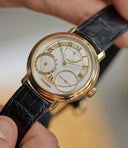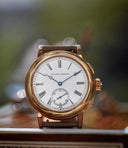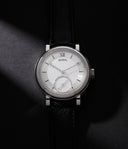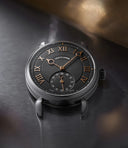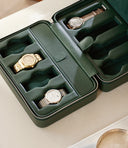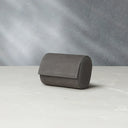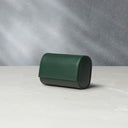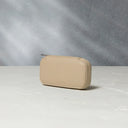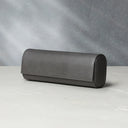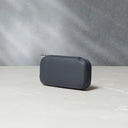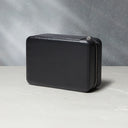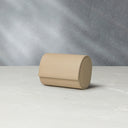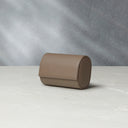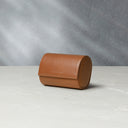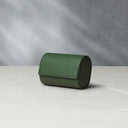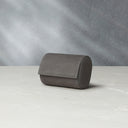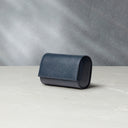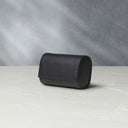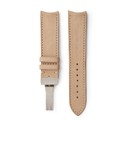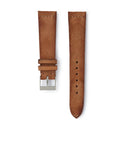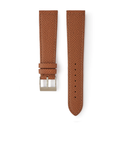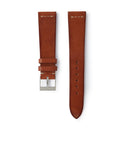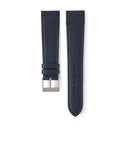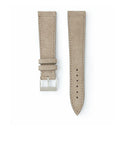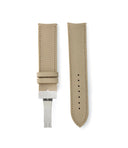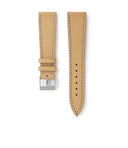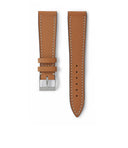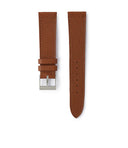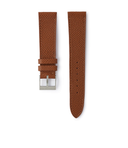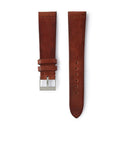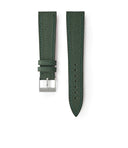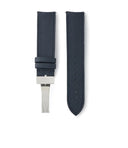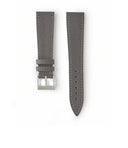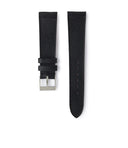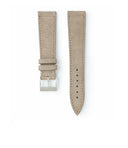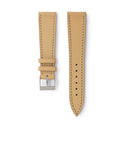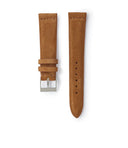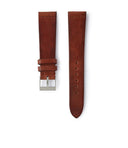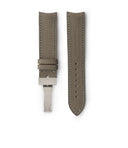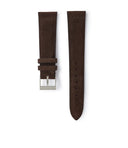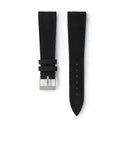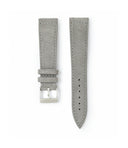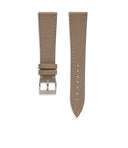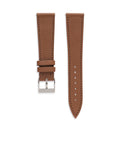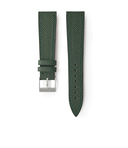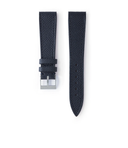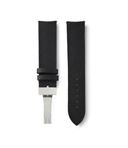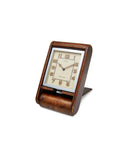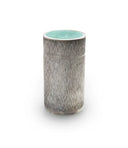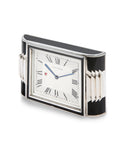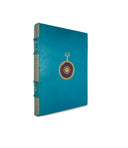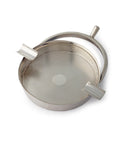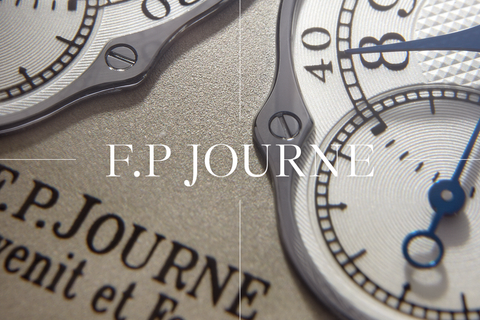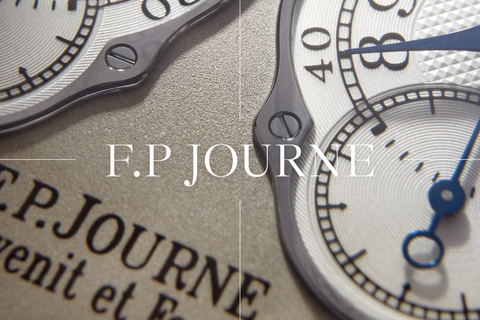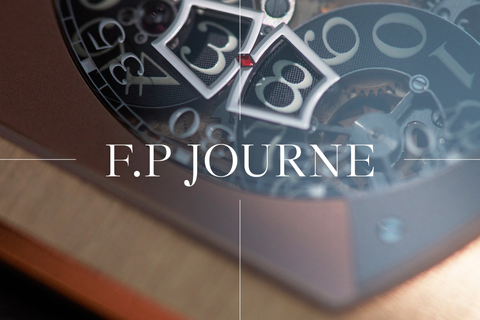F. P. Journe unsuccessfully attempted to deploy the phenomenon of resonance – first observed by Christiaan Huygens, Antide Janvier and Abraham-Louis Breguet – in a pocket watch in 1983. It is rooted in the idea that during the normal functioning of a balance and escapement, a certain amount of energy is lost. By placing another balance and escapement in close proximity, with the two set ups beating in opposite directions, the dissipating energy would cause both to acoustically influence each other, and eventually they would sync and beat at the same rate. In the watchmaking context, Journe was the first to term this acoustic resonance. He was able to hone the phenomenon in a wristwatch some fifteen years after his initial attempt, with the prototypes displayed at his first Basel Fair in 1999. Ever since, the model has gained a cult status among collectors.
The third generation of the Chronomètre à Résonance, of which this is one, is understood to have been offered between 2010 and 2019. However, this is one of the coveted Black Label edition pieces that are produced in limited numbers and made available only to existing clients of the brand through F. P. Journe boutiques around the world. Only a couple of the brand's lines are picked every year to feature a small number of Black Label examples. This particular one features the rare the ‘parking meter’-style secondary time display.
It has a slim, 40mm platinum case that stands just 8.9mm tall. The rounded bezel meets the flat midcase in a small lip, with this detail also marking the edge of the display caseback. The short, turned down lugs, equal in width to the midcase, flow organically from it. The lugs are 20mm apart and are fitted with a leather strap secured by a signed platinum pin buckle.
The caseback features deep engravings detailing the brand mark and motto, serial number and the precious metal it is crafted from. Worth noting are the Elinor and French as well as Swiss hallmarks on the case. This further establishes the early provenance of this particular example within this generation of the Chronomètre à Résonance. This would have been one of the last pieces to feature the coveted mark of the erstwhile French casemaker Elinor that worked extensively with F. P. Journe. The case foundry was acquired by F. P. Journe.
As is custom with the Black Label editions, this example features a blackened solid gold dial as the backdrop to the dial side displays. At 3 o’clock lies the primary time display with Arabic minutes and hours in the brand’s proprietary font. The central portion features a stamped tapisserie pattern while overlapping the display is the subsidiary seconds.
The secondary time display features jumping hours and running minutes arranged in concentric rings. The minutes scale is achieved in red for easy readability. To the south, and on the same plane as its counterpart, lies the subsidiary seconds display. Both time displays are achieved on a warm, cream coloured base.
In between the two displays, at 12 o’clock, lies the up-down, marine chronometre-style power reserve indicator – it counts down the 40 hours since the mainsprings were fully replenished. At 6 o’clock the dial is annotated with the brand and line mark.
While without any intervention, the two balances sync after a period of time (usually seven to 10 minutes), pulling out the rope knurled crown at 4 helps reset both seconds indicators, acting as a quicker route to a similar result. It is also used to wind the movement. The crown at 12, recessed into the bezel and caseback, helps set the time. Turning it clockwise in the second position sets the parking meter-style digital secondary time display while turning the crown anticlockwise manipulates the primary time display.
This manual-winding, F. P. Journe calibre 1499.3 movement is constructed entirely from 18k rose gold, with bridges and plate adorned with Côtes de Genève while the baseplate wears perlage. It features a resonance-controlled, twin independent gear-train, straight-line lever escapement, monometallic 4-arm balance with 4 timing weights, self-compensating free-sprung flat balance spring, oscillating at a rate of 21,600 vibrations per hour. It is worth noting that the two balances are not physically linked in any way, unlike the approach employed by a small number of other brands that employ such an acoustic coupling phenomenon.
The watch comes with its full set of original warranty and instruction paperwork as well as its inner and outer boxes. This Black Label Chronomètre à Résonance, that first retailed in the United States in 2012, represents perhaps the most desirable and rare execution of the line.
If sold within the United Kingdom, this F. P. Journe Black Label Resonance will be subject to 20% VAT
































































































